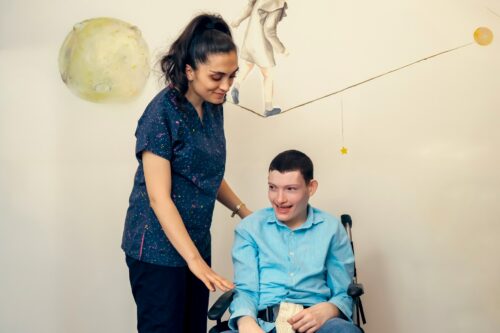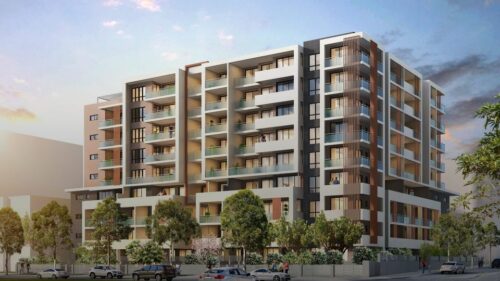Navigating the National Disability Insurance Scheme (NDIS) can be a complex task, especially when it comes to understanding the different funding categories. This guide will help you understand the three main NDIS funding categories: Core Supports, Capital Supports, and Capacity Building Supports. By understanding these categories, you can make the most of your NDIS plan and ensure you’re using your funding effectively.
Understanding Core Supports
Core Supports are designed to assist you with everyday activities, your current disability-related needs, and to work towards your goals. Your Core Supports budget is the most flexible, and in most cases, you can use your funding across any of the following four support categories:
- Assistance with Daily Life: This category is here to assist and enable you to live as independently as possible, both at home and in the community. This funding can be used for things such as assistance with everyday needs, household cleaning, and/or yard maintenance.
- Consumables: Consumables are any daily items you may require to manage your personal disability-related needs. This might include continence products or low-cost assistive technology and equipment to improve your independence and/or mobility.
- Assistance with Social and Community Participation: Your assistance with social and community participation budget is there to help you participate and interact in the community. You could use this funding to hire a support worker to assist you in doing so.
- Transport: This is support that helps you travel to work or other places that will help you pursue the goals in your plan. How you can spend your transport funding and how it is paid to you, whether upfront or in regular payments, will be different for each person.
Capital Supports Explained
Capital Supports include higher-cost pieces of assistive technology, equipment, and home or vehicle modifications, and funding for one-off purchases you may need, including Specialist Disability Accommodation. It is important to remember that funds within the Capital Supports budget can only be used for their specific purpose and cannot be used to pay for anything else. The two categories within the Capital Supports budget include:
- Assistive Technology: This includes equipment items necessary for mobility, personal care, communication, and recreational inclusion. This may be wheelchairs or vehicle modifications.
- Home Modifications: This support enables you to make any necessary home modifications such as installation of a hand rail in a bathroom or specialist disability accommodation for participants who require special housing because of their disability.
Capacity Building Supports: What You Need to Know
Capacity Building Supports help build your independence and skills to help you pursue your goals. Unlike your Core Supports budget, your Capacity Building Supports budget cannot be moved from one support category to another. Funding can only be used to purchase approved individual supports that fall within that Capacity Building category. The categories within your Capacity Building Supports budget include:
- Support Coordination: This is a fixed amount to enable you to engage a support coordinator to help you to utilise your plan.
- Improved Living Arrangements: This category is to assist you in finding and maintaining appropriate accommodation.
- Increased Social and Community Participation: This category enables you to develop your skills so you can participate in community, social, and recreational activities.
- Finding and Keeping a Job: This may include employment-related support, such as training and assessments that help you find and keep a job.
- Improved Relationships: This support will assist you in developing positive behaviours and interacting with others.
- Improved Health and Wellbeing: This may include exercise or diet advice to manage the impact of your disability.
- Improved Learning: This support allows you to participate in training and to receive advice and help to transition from school to further education, such as university or TAFE.
- Improved Life Choices: This support provides funding for plan management to help you manage your plan funding and pay for services.
- Improved Daily Living: This support is about increasing your skills, independence, and community participation.
FAQs
What are the different categories in NDIS?
The NDIS funding is divided into three categories: Core Supports, Capital Supports, and Capacity Building Supports. Each category is designed to fund different types of supports based on the individual’s needs and goals.
What can I buy with NDIS core funding?
NDIS core funding can be used for everyday activities and current needs. This includes assistance with daily life, transport, consumables, and assistance with social and community participation.
What sort of things does NDIS pay for?
NDIS pays for supports that are reasonable and necessary for the individual. This includes a wide range of supports such as personal care, transport, assistive technology, home modifications, support coordination, improved living arrangements, and more.
What is Tier 3 NDIS?
Tier 3 of the NDIS refers to individuals who are living with a significant and permanent disability. These individuals require long-term, intensive support that is not provided by other support systems such as the healthcare system or social services.






 James
James 

